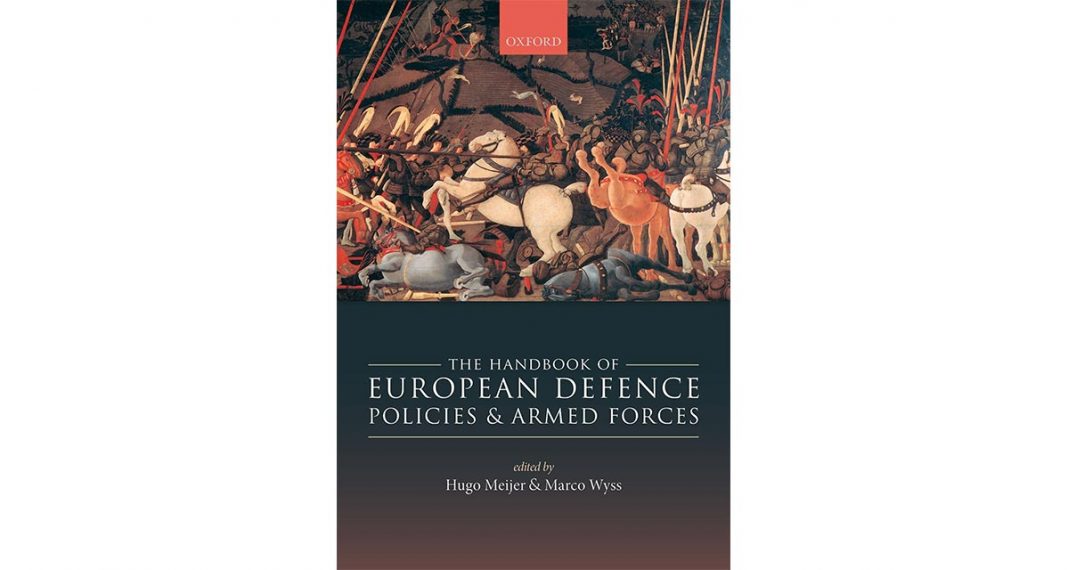Serbia and Croatia
During the cold war, the Socialist Federative Republic of Yugoslavia was a middle-sized power pursuing a non-aligned foreign policy and a defence strategy based on massive armed forces, obligatory conscription, and a doctrine of ‘Total National Defence’.
The violent disintegration of Yugoslavia in the early 1990s resulted in the creation of several small states. Ever since, their defence policies and armed forces have been undergoing a thorough transformation. This chapter provides an analysis of the defence transformation of the two biggest post-Yugoslav states—Serbia and Croatia—since the end of the cold war.
During the 1990s, defence transformation in both states was shaped by the undemocratic nature of their regimes and war. Ever since they started democratic transition in 2000, and in spite of their diverging foreign policies, both states have pivoted towards building modern, professional, interoperable, and democratically controlled armed forces capable of tackling both traditional and emerging threats.




